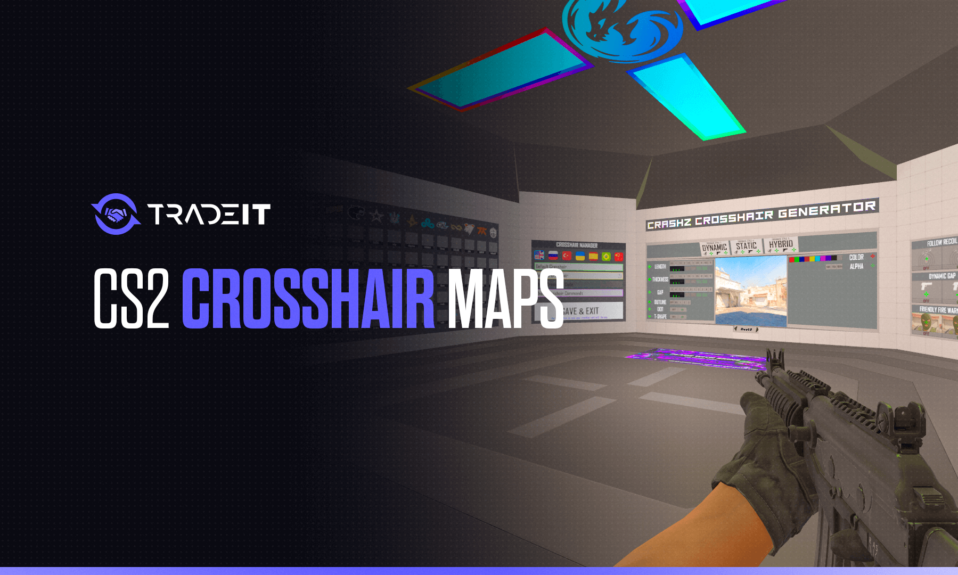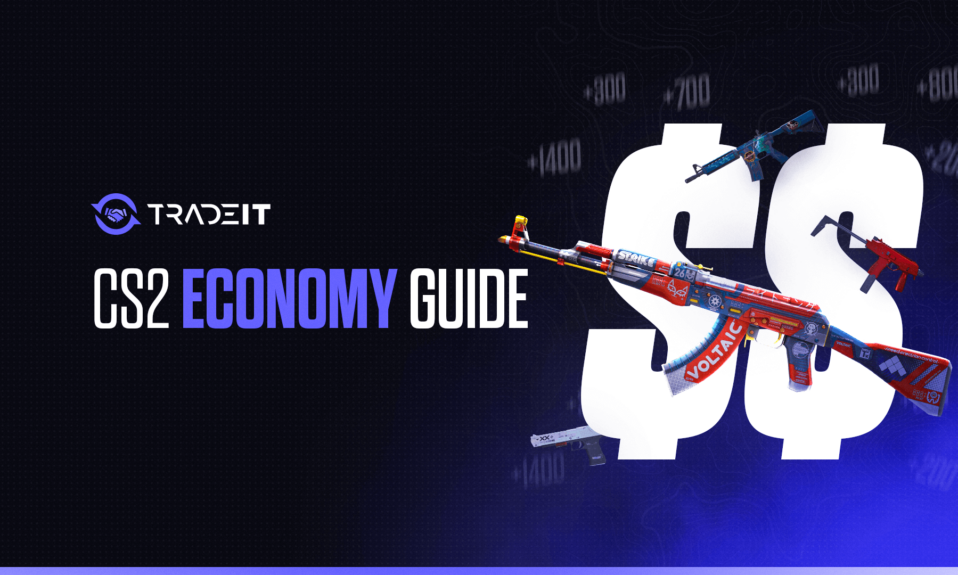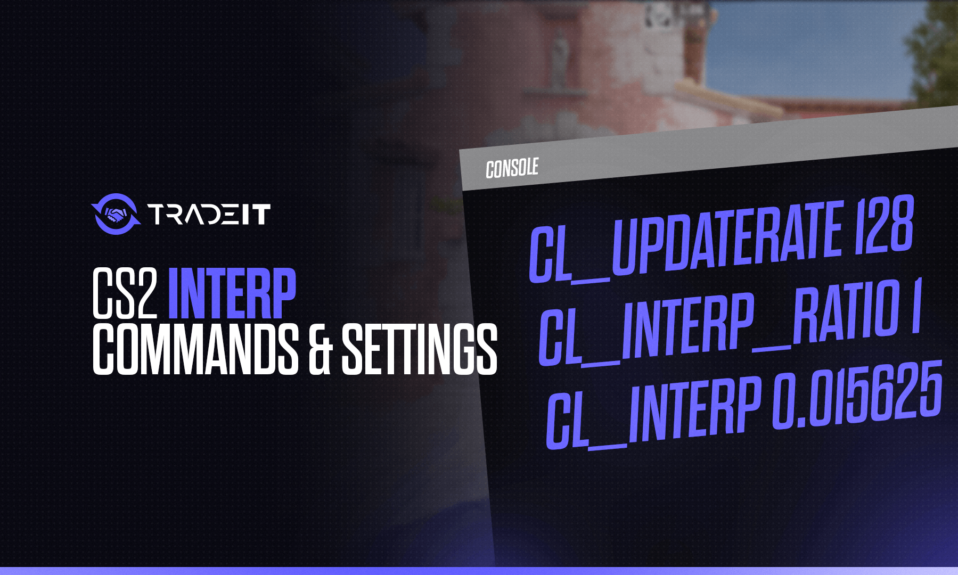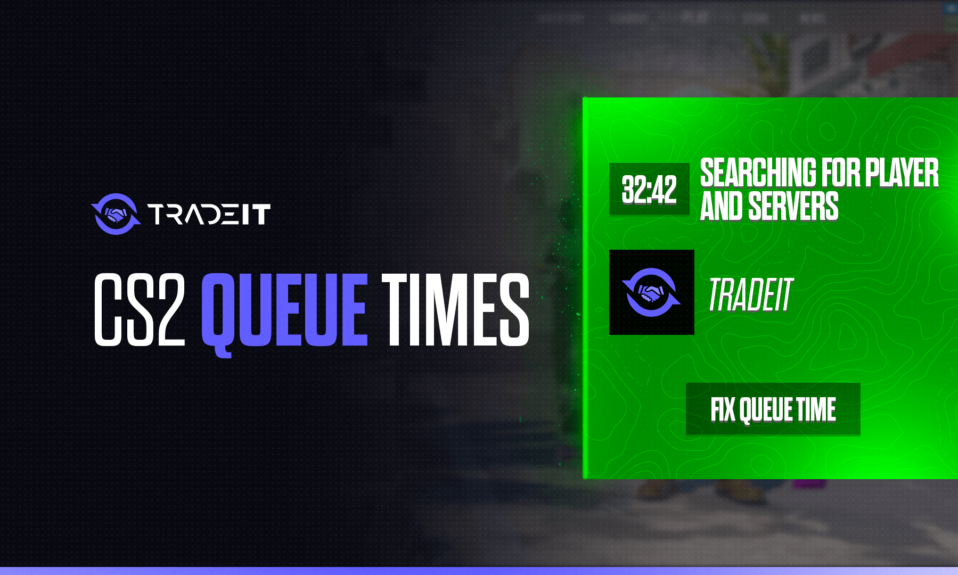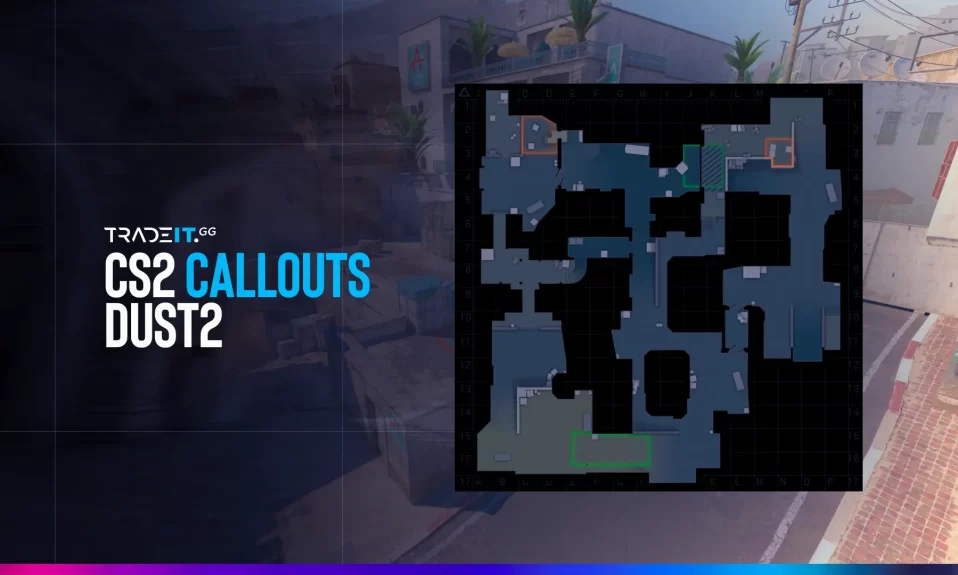
For over two decades, players in the world of Counter-Strike 2 have been entertained by Dust 2, an iconic map. Known for its exceptional balance and skill-based gameplay, mastering Dust 2 callouts is crucial for improving your game.
Are you prepared to gain a strategic advantage over your opponents and conquer this legendary map? Let’s explore a comprehensive guide to Dust 2 callouts and strategies together.
Key Takeaways
- Master Dust 2 callouts so that you can maximize team communication and position for success.
- Understand the map’s key locations, strategies, and techniques such as smoke grenades, B Split & Boost spots to gain an advantage over your opponents.
- Adapting to map changes is essential for successful navigation of the game flow on Dust 2.
Mastering Dust 2 Callouts
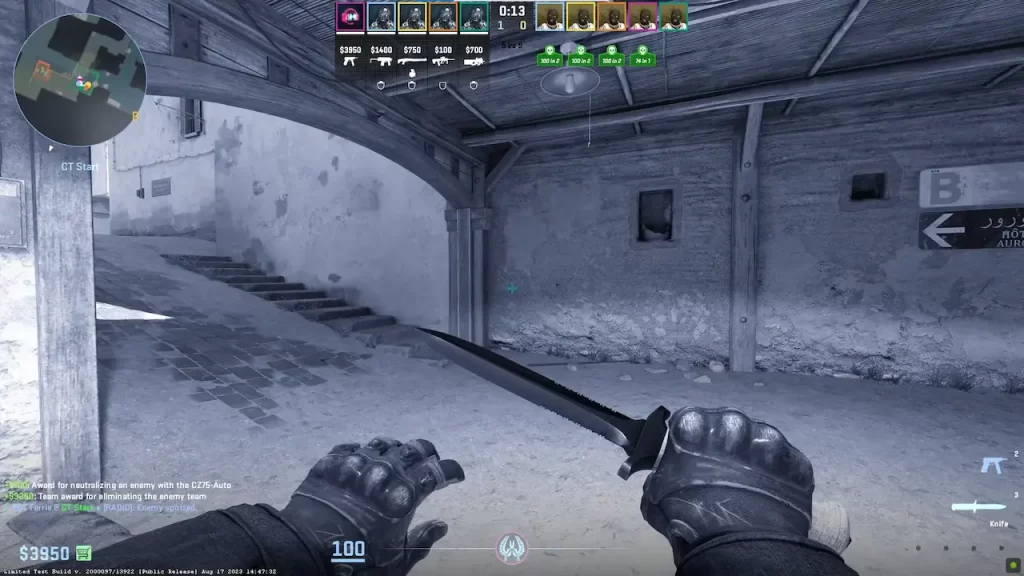
Dust 2 is composed of three lanes:
- Tunnels: runs through T Spawn to bombsite B
- Mid: forms the connection between T Spawn and CT Spawn plus the catwalk
- Long: link allows access from T Spawn to bombsite A
Having a clear understanding of callouts in these areas can greatly enhance team communication and strategic positioning.
In this guide, we’ll take a closer look at the important locations and callouts on Dust 2, including T Spawn, A Site, B Site, and the middle area. Mastering these essential areas is crucial for success on this iconic map in Counter-Strike.
Developing your aiming skills and utilizing the map’s distinctive features will greatly improve your chances of victory. Let’s dive in and explore Dust 2 together!
T Spawn to A Site Callouts
The round starts on the bomb defusal map with terrorists spawning at T Spawn. From there, they have various routes to choose from in order to reach bombsite A. Important callouts from T Spawn to A Site include Suicide, Right Side Mid/Green, and Top Mid (Barrels, Palm).
- Suicide: Suicide is a dangerous path that allows Counter-Terrorists to snipe players from CT Mid through the doors, leaving them with limited options for cover while running.
- Right Side Mid/Green: refers to an area with a green box in Top Mid, which is frequently used as cover by players.
- Top Mid (Barrels, Palm): this is a location that connects to the catwalk and provides access to bombsite A.
Understanding these callouts facilitates better team communication and enemy movement comprehension.
A Site Key Locations
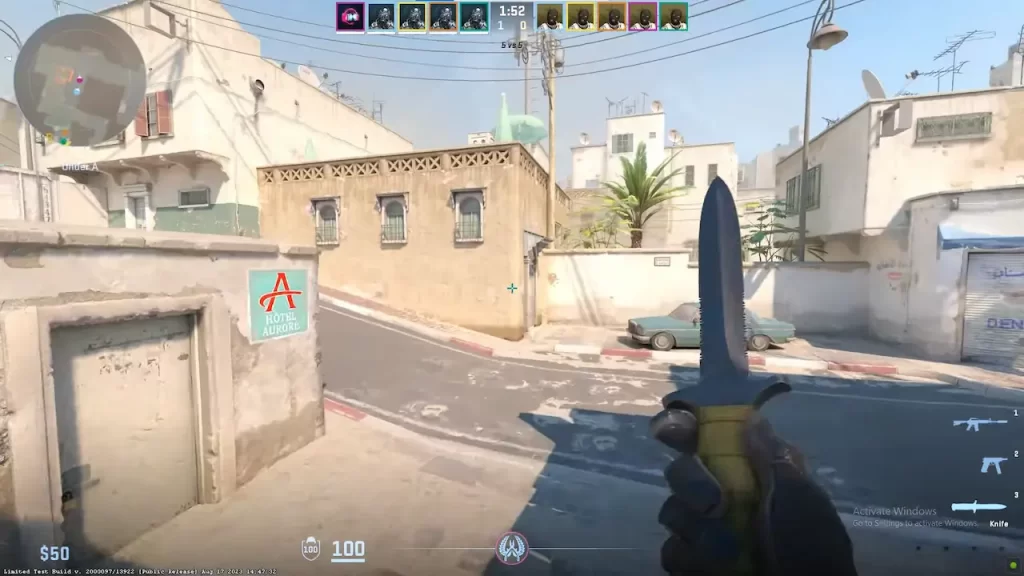
Understanding key locations on a map like Dust 2 is essential for both offense and defense. A popular spot for CTs to hold is the Cross, offering a clear line of sight and sufficient cover.
Another crucial location on A Site is Elevator or Short Boost, providing opportunities for strategic boosts and surprise attacks.
There is a spot on A Site in Counter-Strike called Goose, named after one of the game’s original creators, Minh Le “Goose”. This spot provides cover and is commonly used for defending against incoming attacks.
Additionally, there is a Ninja spot on A Site that is ideal for Ninja defuses and can catch the enemy team by surprise.
| A Site Dust 2 callouts | Description |
|---|---|
| Elevator | The elevator is located near the corner closest to the CT spawn by default. It is a popular spot for CTs to use as a boost when retaking sites. |
| Short Boost | The containers located just outside of CT Spawn on the A site to quickly boost CTs onto A Short. This is a faster alternative to sprinting through A short. |
| Goose | Goose is located in the corner above the bomb site. |
| Ninja | Ninja is located in between the barrels and the boxes in front on A short. |
Also Check: All CS2 Maps Callouts
A Site Strategies
Attacking A Site requires a combination of tactics:
- Use smoke and flash grenades to disorient defenders and create a diversion.
- Advance up the ramp or take the defenders by surprise from the window.
- Utilize the window to gain an element of surprise and control the area.
To defend A Site effectively, it’s important to use smoke and flash grenades strategically. These tools can disorient attackers and create distractions, giving defenders the chance to gain an advantage and take control of the area.
Holding the back corner of the site can provide a surprise advantage, while utilizing the back door allows defenders to flank attackers and catch them off guard.
Tip: You can learn more about how to play Dust 2 by watching professional matches played by the best teams in CS2.
T Spawn to B Site Callouts
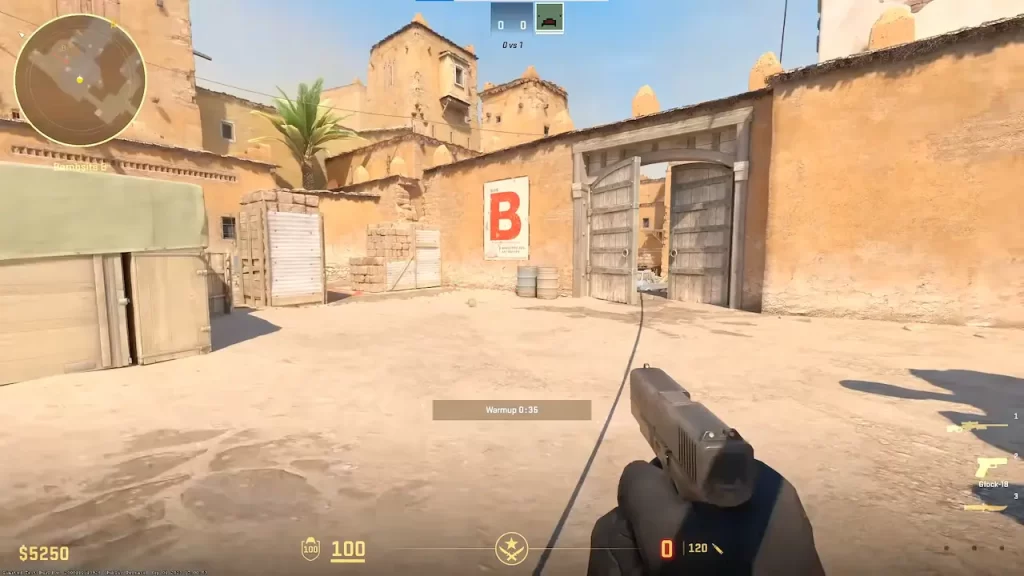
From T Spawn, terrorists can also choose to head towards B Site. The essential callouts from T Spawn to B Site include:
- Upper Tunnels: the route taken by terrorists when navigating the tunnels to reach B Site
- Lower Tunnels (Dark): an entrance to Mid used by terrorists for transit through tunnels
- Outside Tunnels: a sizable area and serves as an entry point to B Tunnels
Knowing these crucial points can give your team an advantage in securing B Site. Effective communication and a deep understanding of the map are essential for developing successful strategies and outperforming your competitors.
B Site Key Locations
In a game like CS2, understanding the key locations on the map is crucial for your team’s success.
| B site Dust 2 callouts | Location |
|---|---|
| B Window | A pivotal spot in both offensive and defensive strategies is B Window. It’s located above the bomb plant, facing CT Spawn. |
| B Doors | This position provides clear sightlines and various options for cover. Additionally, it’s important to consider the two distinct doors known as B Doors. These doors are often used by players for camping purposes, so when strategizing your attack or defense plan, be sure to take them into account. |
| B Boxes | B Boxes are positioned outside of B Doors, near the ramp (CT Spawn), and offer protection. They are frequently used as hiding spots. |
| B Closet | B Closet is another area on B Site that provides cover for both teams, similar to a brick wall. |
B Site Strategies
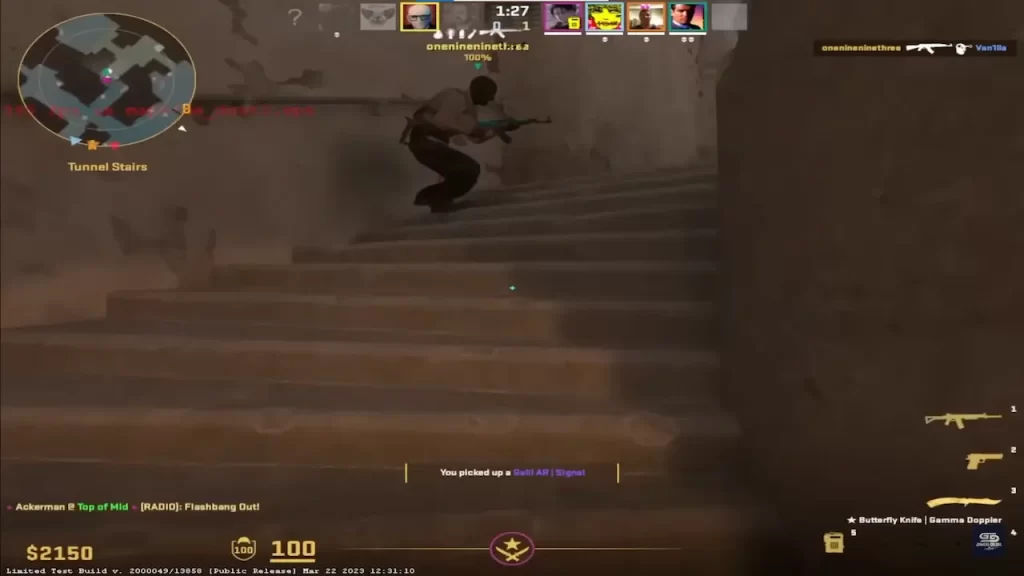
When attacking B Site, strategies like:
- B Split: involves dividing your team into two groups, one pushing the B site from the long side and the other from the short side
- B Rush: focuses on quickly advancing towards the B site from the long side, using smoke grenades and flashbangs to surprise defenders
- B Fake: involves faking an attack on the B site to draw defenders away from the site, allowing your team to quickly take control
- B Long Control: focuses on gaining control of the long area leading to the B site, allowing your team to have better positioning and options for attacking
These strategies can be employed to maximize your chances of success.
A common tactic in gaming is known as “B Fake,” where the attacking team pretends to launch an assault on the B site but actually advances towards the A site, catching defenders off guard.
Another strategy called “B Long Control” involves seizing control of the long side of the B site using smoke grenades and flashbangs to disorient defenders.
Middle Area Callouts and Strategies
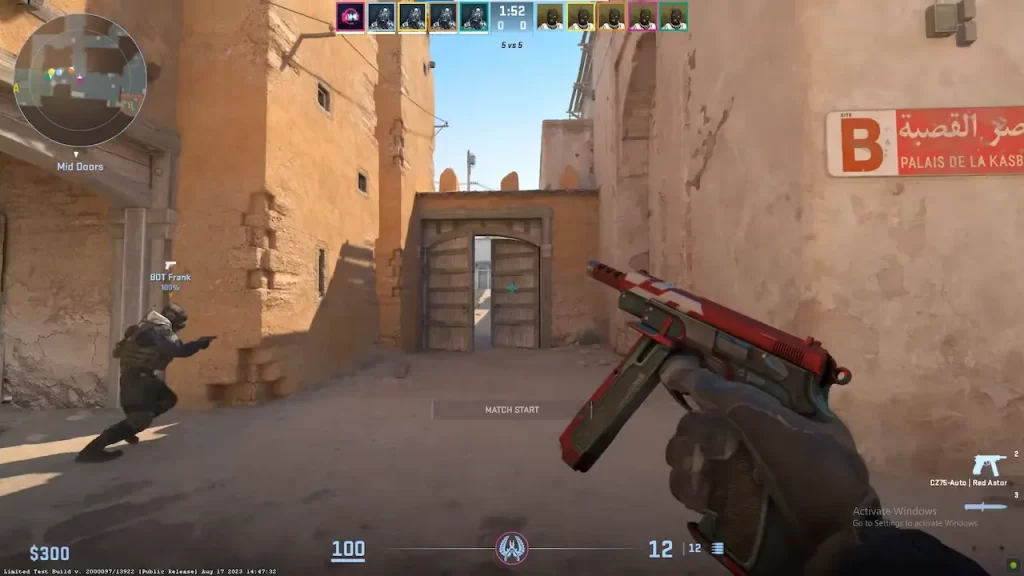
Strategic control of the game’s flow is centered around the middle area of Dust 2. This area acts as a vital link connecting mid to various key points along its route, including:
- Mid Doors
- CT Mid
- Catwalk (Cat)
- Stairs
Mid is divided into two pathways. The slanted lane connects Suicide at the top and T Spawn to the CT Spawn area at the bottom. This pathway then leads to Mid Doors and Lower Tunnels.
Outside Long is connected to the catwalk via a straight lane, providing convenient access to both locations.
To effectively navigate both bombsites and gain an advantage over the enemy, it is essential to understand the callouts and strategies for the middle area. In this discussion, we will explore tactics for controlling mid and successfully traversing double doors.
Controlling Mid
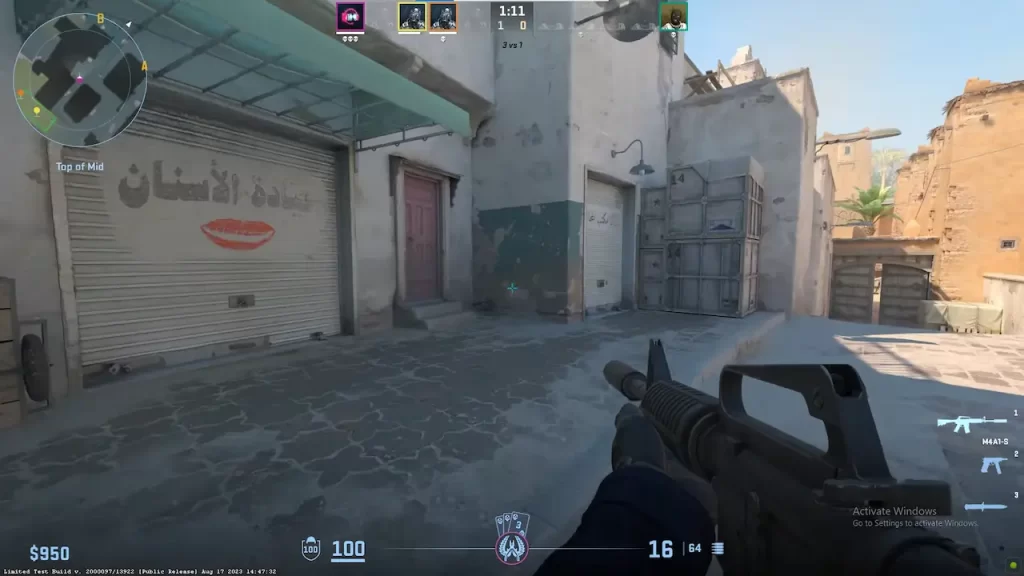
To gain control of the middle area in Dust 2, you can utilize various strategic approaches. One effective strategy is to employ smoke grenades, which can effectively block off the middle and impede opponents from advancing.
Flashbangs are another useful tool as they can temporarily impair enemy vision, providing you with a tactical advantage during engagements.
Placing an AWPer in the window region is a strategic approach to defend angles and eliminate opponents moving through the middle.
By combining utility, smart positioning, and coordination with your teammates, you can establish control over mid and gain a competitive edge against the enemy team.
Navigating Double Doors
Crossing the double doors in the middle of a game can be a risky move, but there are effective strategies you can employ to minimize the risks and use them to your advantage both offensively and defensively.
One tactic is to use utility like flashbangs or smoke grenades to obstruct the enemy’s line of sight, allowing you to safely navigate through the double doors. Another helpful strategy is pre-aiming common spots where enemies may be positioned on the other side of the long doors, such as around corners or behind cars.
These approaches can give you an edge in successfully crossing the double doors while reducing your vulnerability.
One effective strategy in the game is to use shoulder peeking to gather information about the enemy’s position and provoke them into taking shots, all before fully committing to crossing through the double doors.
It’s important to coordinate with your teammates when pushing through these doors and make sure you have support as you cross.
However, be cautious of enemy players using AWPs to hold angles through the double doors, as they can eliminate you quickly. Using smokes or flashes to neutralize their advantage is a recommended tactic.
Advanced Callouts and Techniques
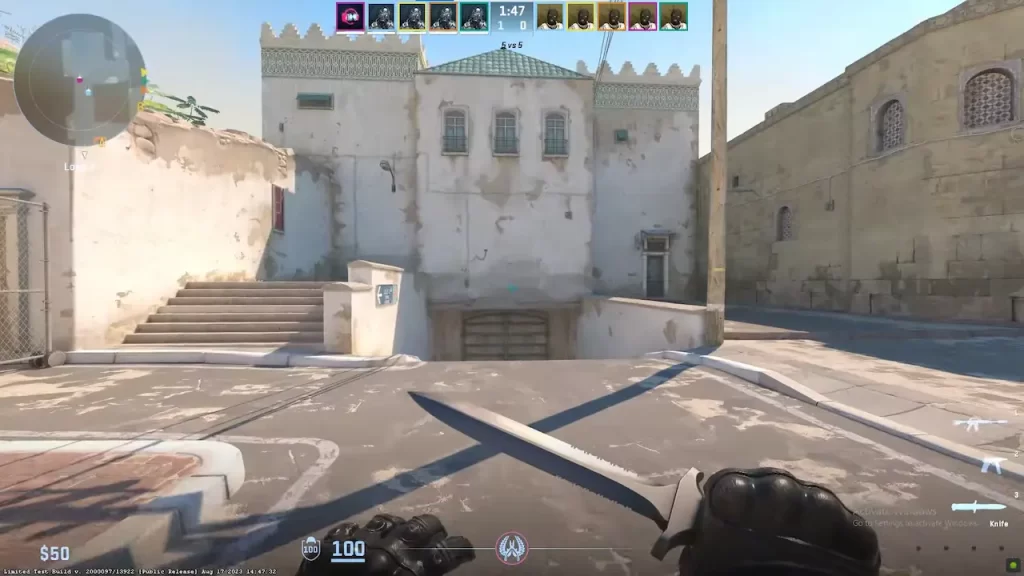
Players who have experience can greatly improve their gameplay on Dust 2 by mastering advanced callouts and techniques.
In this guide, we will cover some strategic tips to enhance your gameplay. We’ll explore lesser-known spots on the map that can catch your opponents off guard and give you an advantage.
Boost Spots
Boost spots are strategic positions on the map that offer tactical advantages to the team occupying them. They allow for better map visibility, advantageous angles for engaging enemies, and improved positioning for coordinated assaults.
One example is the Short Boost, which provides a quick means of securing control over the Short area as Counter-Terrorists.
One example is the Box Stairs boost spot, located at the stairs leading to A Site. By familiarizing yourself with these boost spots and integrating them into your gameplay, you can gain distinct advantages over your opponents.
Uncommon Callouts
Lesser-known callouts can also provide an edge in gameplay. For example:
- Pit Plat: the area situated between the Pit and the Platform
- Side Pit: the space between the Pit and the Catwalk
- Close Mid Doors: the area between the Middle Doors and the Catwalk
By familiarizing yourself with these lesser-known callouts, you can greatly enhance your team’s communication and ability to anticipate enemy movements.
Integrating these advanced callouts and techniques into your gameplay will give you a competitive edge on Dust 2.
Tip: Learn more about how to play Dust 2 by watching the best CS2 pro players.
Adapting to Map Changes
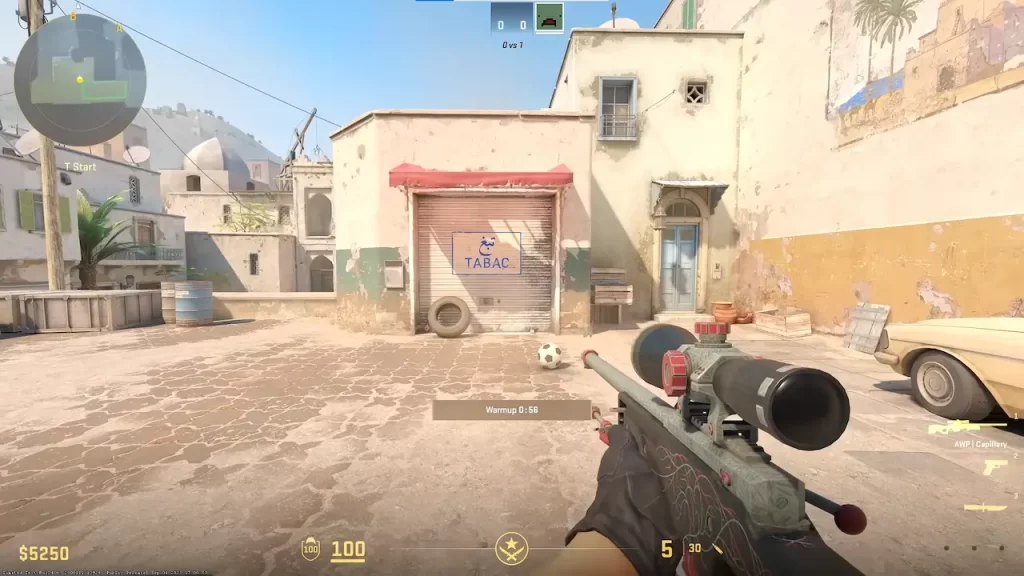
To stay ahead in the competition, it is crucial to keep up with the updates and layout changes that Dust 2 has undergone over time.
We will discuss key map updates and strategy adjustments accordingly.
Notable Map Updates
Dust ii has undergone several significant updates, including:
- A major revamp in 2017 that featured refreshed visuals and gameplay alterations
- The B bombsite was altered to enhance balance and navigation
- The mid area was modified to improve balance and circulation
Adjusting Strategies
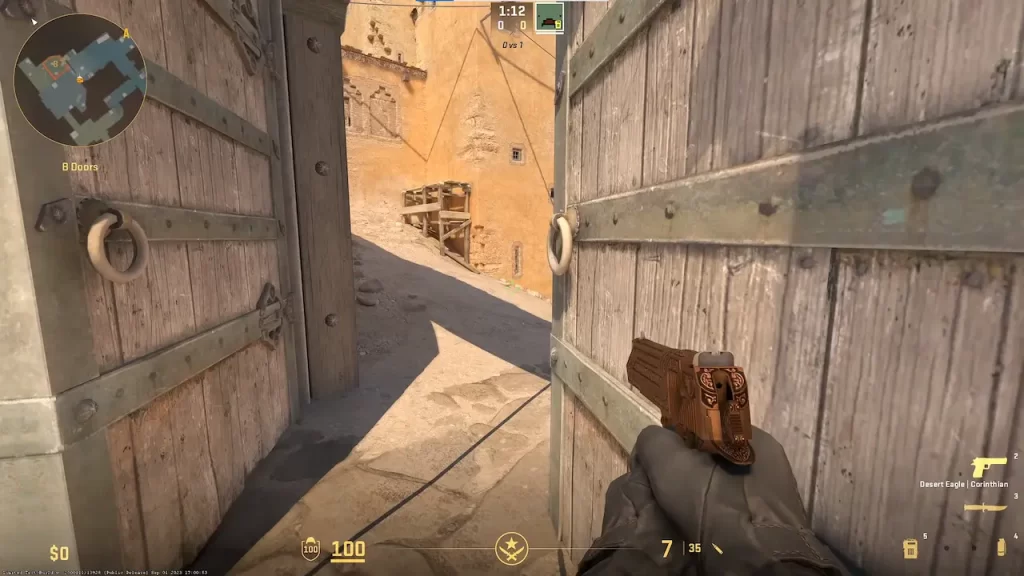
To adapt your strategies to the updated active duty map pool, it’s important to become acquainted with new callouts, identify key locations, and experiment with different approaches. Take advantage of the interactive map guide and practice in-game to become familiar with the new callouts.
Take the time to study and explore the interactive map guide. Experiment with different strategies during gameplay to familiarize yourself with the new key locations.
It’s important to stay aware of any map changes and adapt your approach accordingly. This will help you stay competitive and improve your performance in Dust 2.
Enhance Your Dust 2 Experience with CS2 Skins
If you want your Dust 2 experience to be even better, you can visually improve it by purchasing some cool-looking gloves. On Tradeit, you can buy CS2 skins, sell them, and trade them for different skins that you might want to own.
Tip: Check out the best CS2 skins.
Summary
Dust 2 holds an iconic status in the world of Counter-Strike 2. To become a serious player, mastering its callouts and strategies is essential.
By familiarizing yourself with key locations, effectively navigating the map, and adapting to changes in layout and design, you’ll be well-prepared to dominate this legendary map and outsmart your opponents. It’s time to test your newfound knowledge and rise through the ranks in the competitive realm of Dust 2.
Frequently Asked Questions
One of the key spots on Dust 2, known as “Gandalf,” offers players a strategic viewpoint of the open area between A site and Long. This location has earned its name from the famous quote, “you shall not pass!” which references Gandalf from Lord of the Rings.
In that story, Gandalf used this phrase to block the entrance to the Mines of Moria. By using this reference in Counter-Strike: Global Offensive gameplay, players are reminded not to cross this gap without adequate cover and preparation.
CS2 Callouts are specific words that players use to indicate different locations on CS2 maps. These callouts enable effective communication of positions and understanding of teammates’ strategies. Familiarizing yourself with these callouts can greatly enhance your progress and ranking in the game.
Dust 2 features three main areas: A Site, B Site, and Middle. Each area has its own distinct layout and strategies for success. A Site is commonly targeted by Terrorists when launching an attack, while B Site tends to be the preferred location for Counter-Terrorists to defend against terrorist infiltration.
In Dust 2, effective communication plays a crucial role in team coordination, information sharing, and executing successful tactics.
Other Topics You Might Be Interested In
- Best CS2 bot trading website.
- Where to buy CS2 skins?


